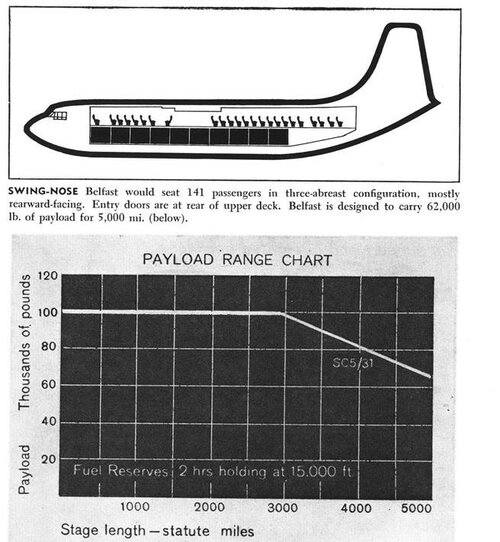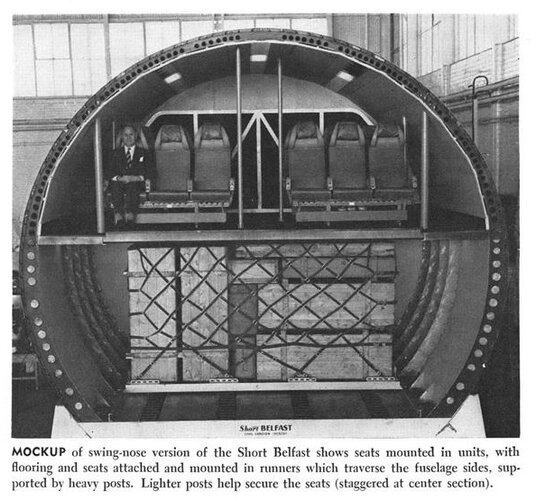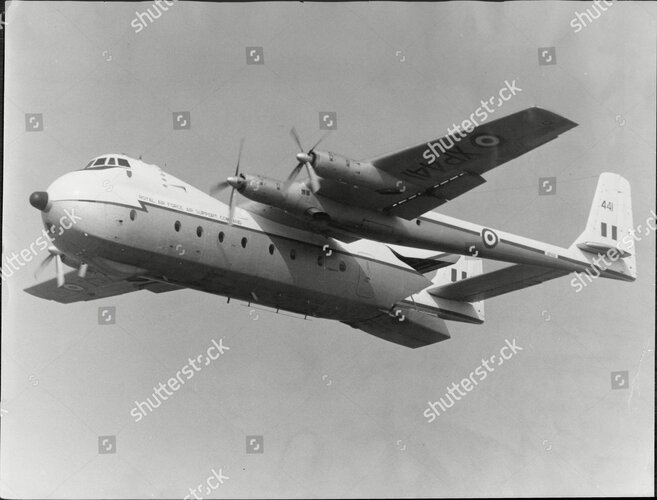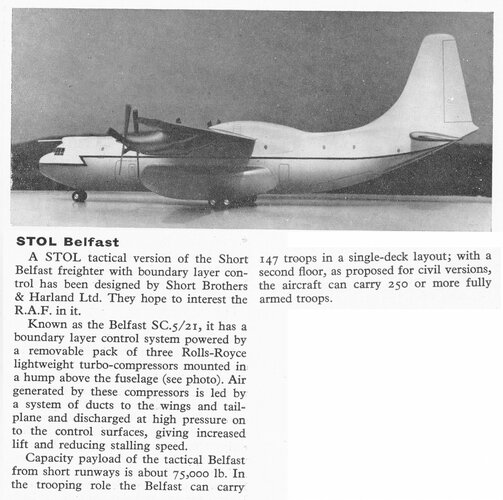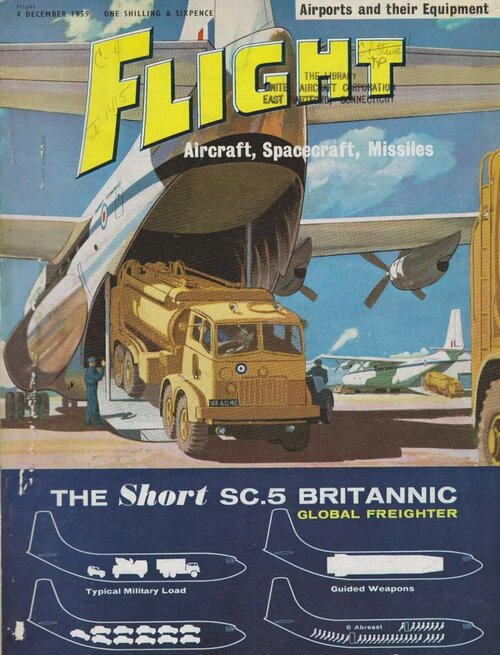Kiltonge
Greetings Earthling
- Joined
- 24 January 2013
- Messages
- 635
- Reaction score
- 1,195
From AvWeek Nov 1961, mixed decking of passengers and freight in swing-nose SC.5/31. Seating is actually six-abreast, not 'three' as stated in first attachment.
Does show the inefficiency of trying to use a circular cross-section for mixed-mode.
Does show the inefficiency of trying to use a circular cross-section for mixed-mode.
Attachments
Last edited:

